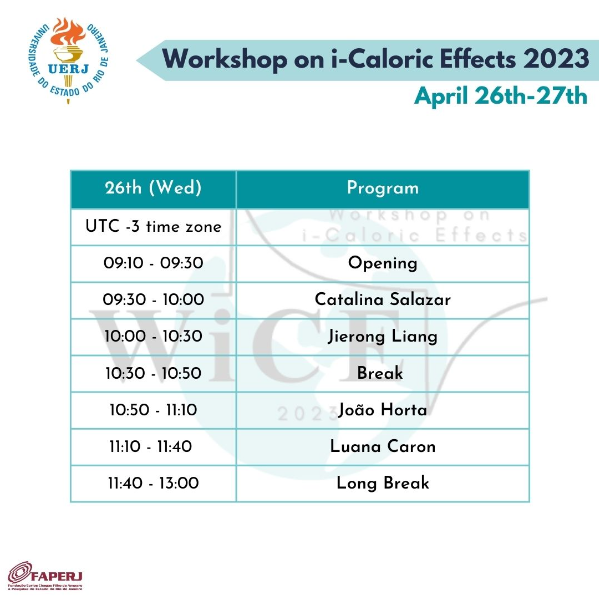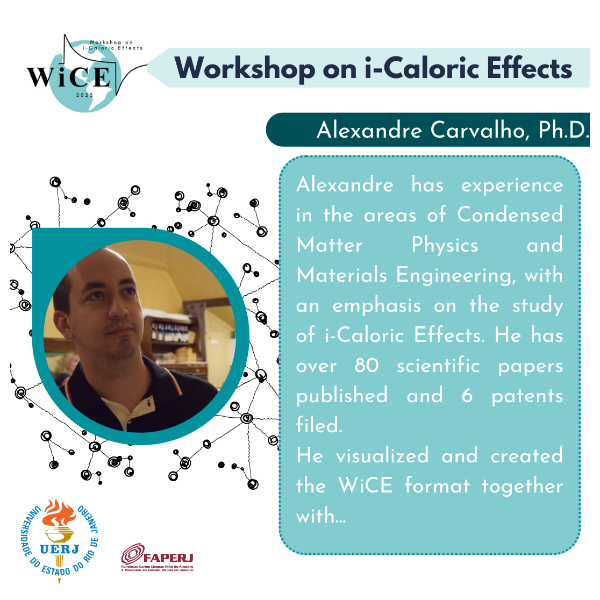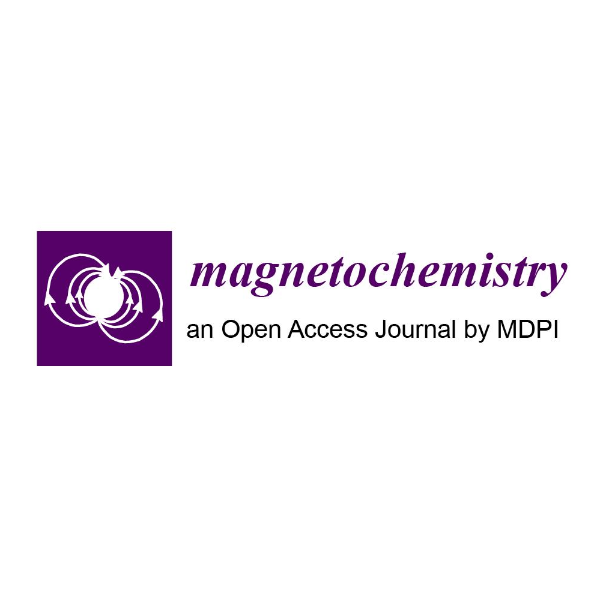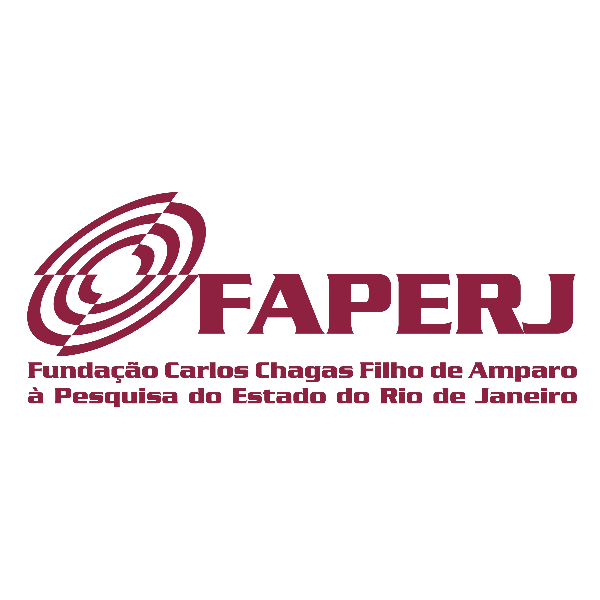The Workshop on i-caloric effects (WiCE) is a scientific event that brings together researchers from different fields to discuss the latest advancements in the field of i-caloric materials and their potential applications. i-Caloric materials are those that exhibit a reversible temperature change under the application or removal an external stimuli. This unique property makes them promising candidates for use in energy-efficient refrigeration and heat pump systems.
2023 is the second edition and, during the two workshop days, experts will share their research findings, discuss the challenges in developing i-caloric materials, and explore potential applications of these materials in various fields. The workshop provides a platform for researchers to collaborate and exchange ideas, which helps to accelerate progress in this exciting and rapidly growing field. By fostering collaboration and innovation, the Workshop on i-Caloric Effects is playing a crucial role in advancing the development of i-caloric materials and their potential applications, which have the potential to revolutionize the energy industry.
Also, for this year we make our tribute to a friend and mentor Professor Vitalij Pecharsky, a brilliant researcher and a pioneer in the field of i-caloric effect, who left us very early. The legacy of Professor Pecharsky will live on through the countless lives he touched and the countless minds he inspired. We will forever be grateful for his contributions to science and his unwavering commitment to advancing knowledge for the betterment of humanity.
The organizer wishes all participants a pleasurable workshop!
Paula Alho, on behalf of the organizing committee
WiCE 2023 Organizing Committee
Alexandre M. G. Carvalho
Bruno de Pinho Alho
Paula O. Ribeiro Alho
Paulo Vinícius Trevizoli
Vivian M. Andrade

































